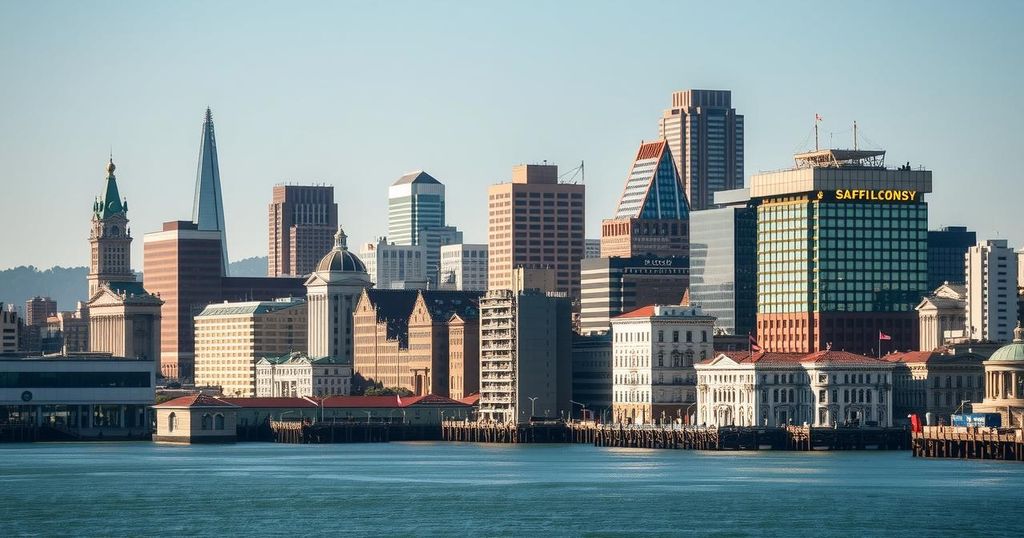World news
AMERICAS, ASIA, BRITANNICA, CALIFORNIA, CHINA, CHINATOWN, CITY HALL, COOS BAY, EMERGENCY RESPONSE, EUROPE, EVACUATIONS, FRANCISCO, GOLDEN GATE PARK, HUMBOLDT, HUMBOLDT COUNTY, JAPAN, LOS ANGELES, MARKET DISTRICT, MEXICO, MONTGOMERY STREET, NATURAL DISASTER, NATURAL DISASTERS, NORTH AMERICA, NORTH BEACH, OLD CITY, OREGON, PALACE HOTEL, PARAGUAY, PHILIPPINES, RUSSIAN HILL, SALINAS, SAN ANDREAS, SAN ANDREAS FAULT, SAN BENITO, SAN FRANCISCO, SAN JOSE, SAN JUAN BAUTISTA, SANTA ROSA, SOUTH AMERICA, SOUTH OF MARKET, TELEGRAPH HILL, UNITED STATES
Stella Nguyen
0 Comments
The Catastrophic Impact of the 1906 San Francisco Earthquake
On April 18, 1906, a powerful earthquake with a magnitude of 7.9 struck near San Francisco, causing widespread destruction and a subsequent fire that devastated the city. Over 3,000 lives were lost, with significant property damage totaling $350 million. The catastrophe initiated global relief efforts and led to important advancements in earthquake engineering and urban planning as the city rebuilt itself.
The San Francisco earthquake of 1906, which struck on April 18 at 5:12 AM, is recognized as a catastrophic geological event registering a magnitude of 7.9. This significant earthquake emanated from the San Andreas Fault, affecting an extensive 270-mile stretch along California’s northern coast, with tremors resonating from Los Angeles to Coos Bay, Oregon. The city of San Francisco, previously shaken by lesser earthquakes in 1864, 1898, and 1900, experienced unprecedented devastation as buildings crumbled and the population was plunged into crisis.
In the aftermath, a massive fire ignited in the business district, exacerbating the destruction for four days until rain extinguished the flames. Approximately 500 city blocks, covering around 4 square miles, were obliterated, and an estimated 28,000 buildings were reduced to rubble, culminating in property losses valued at $350 million. While initial reports indicated that around 700 individuals perished, historical assessments now suggest the death toll exceeded 3,000, with over 250,000 citizens displaced and seeking refuge in parks and nearby towns.
Relief efforts flooded in from various parts of the world, providing essential supplies and financial assistance. Despite the monumental loss, insurance payouts approximated $300 million, aiding in the city’s ambitious reconstruction. In the following years, San Francisco rebuilt itself with enhanced focus on earthquake resilience, culminating in the showcasing of its recovery at the Panama-Pacific International Exposition in 1915. The disaster also significantly contributed to the understanding of earthquake dynamics, particularly the elastic rebound theory proposed by scientists studying this pivotal event.
The San Francisco earthquake of 1906 is a landmark event in the history of seismic activity in the United States. Occurring along the San Andreas Fault, it highlighted the vulnerabilities of urban areas to catastrophic natural disasters. The city of San Francisco had previously experienced numerous earthquakes, but the magnitude and destruction of the 1906 event surpass those earlier occurrences, leading to significant shifts in engineering practices and disaster preparedness protocols. The aftermath saw not only physical reconstruction but also a rethinking of urban resilience against future seismic threats.
The 1906 San Francisco earthquake stands as a stark reminder of nature’s power and unpredictability. It resulted in immense loss of life and property, yet it also catalyzed substantial advancements in earthquake preparedness and urban planning. The resilience demonstrated by the citizens of San Francisco in the wake of destruction paved the way for innovative rebuilding efforts, ensuring that the lessons learned from such tragedies significantly enhance community safety in the future.
Original Source: www.britannica.com




Post Comment